- Home
- Mind & body
- Do you have a hard time shopping for a low-sugar diet?
At CBHS we help you manage your health challenges. We believe in offering you the services, support and tools you need to live your best life.
Our Better Living Programs are available to support eligible members towards a healthier lifestyle. Each Better Living Program is subject to its own eligibility criteria.
Contact us for more information and to confirm your eligibility for a program.
Do you have a hard time shopping for a low-sugar diet?
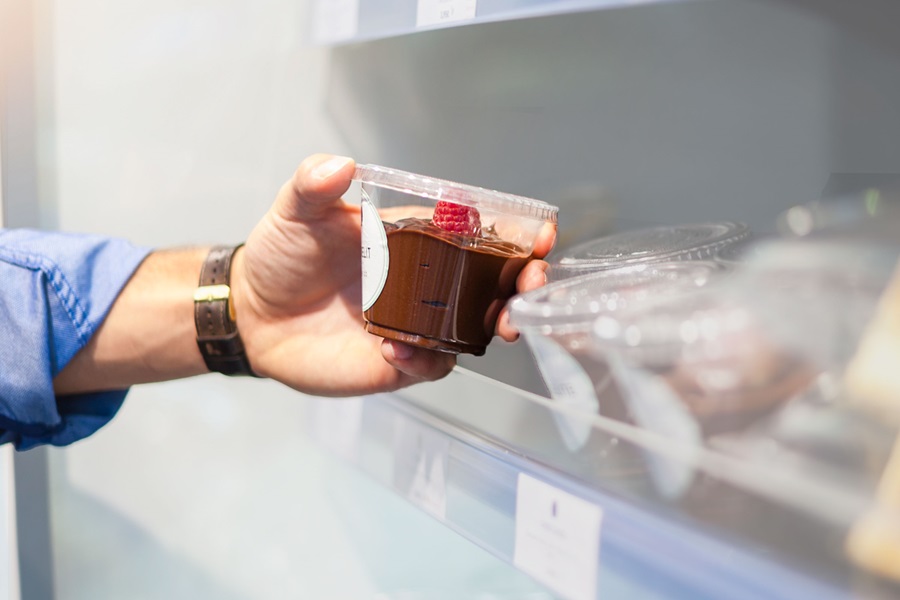
Some of our ‘favourite Aussie’ foods are highly processed and full of sugar. But that doesn't mean you have to give up all your vices! We will show you which ones to steer clear of and some smart, low-sugar swaps that can do wonders to improve both yours and your family’s health.
You probably already know this, but most of what we eat shouldn’t come pre-packaged. Whole, unprocessed foods like vegetables, wholegrains, lean proteins, fruits, nuts, and seeds should make up the bulk of our diet. And believe us, while we know that keeping a healthy, balanced diet can be challenging, when you know what to look for, things become a lot easier. And it can even be done on a tight budget.
With that in mind, we’re aware of the role that packaged foods play in our lives today. The options are endless, and they can be an easy and practical choice during the busy days of school drop-offs and running to the office. So, learning how to read food labels and identifying which options are best is going to be an important part of this journey.
Food labels 101
The first step to choosing the right packaged foods for your pantry is learning how to read the nutritional panels on the back.
One of the reasons it can be tricky to understand labels at first, is that there can be so many different names for one of the key ingredients we are looking out for: sugar.
Did you know there’re more than 400 names for sugar out there?
We're keeping it simple in this article by talking about added sugar or table sugar, which is added to your food during production or when you’re cooking. And not about naturally-occurring sugars that you can find in fruits and vegetables.
Here are some key tips to keep in mind when comparing foods and checking their nutritional content:
1. When you’re comparing foods, always use the ‘per 100g’ column. The serving portion may vary between different products. So, the ‘per serving’ column might be confusing and not really give you an accurate comparison.
2. When looking at the ingredients list, pay attention to the ingredients that are listed first. Ingredients are listed from greatest to smallest by weight. That means the first ingredients listed are the main ones in that specific food item.
3. Check the first three products listed. If added sugar is up there, maybe rethink your choice. Also keep an eye out for saturated fats and sodium (salt).
4. Ideally, when checking the ‘per 100g’ column, the sugar content should not exceed 15g per 100g.
5. The types of sugars include syrup, honey, fruit juice concentrate, names ending in 'ol' like maltitol, or 'ose' like sucrose.
Hidden sugars
Some foods are quite easy to identify as sugar. For example, we know that most varieties of chocolate, ice cream, and lollies are packed with it. But what about the not-so-obvious foods? Sugar is such a common ingredient in so many different things we eat, and we may not even realise. If your goal is to adopt a low-sugar diet, it’s important to be aware of these hidden sugars.
Cereals
Many breakfast cereals are high in added sugars, even those marketed as healthy options. Be wary of all the buzzwords on the front of the pack and always read the nutritional label and ingredients list on the back to make sure the item lives up to what it's promising to be.
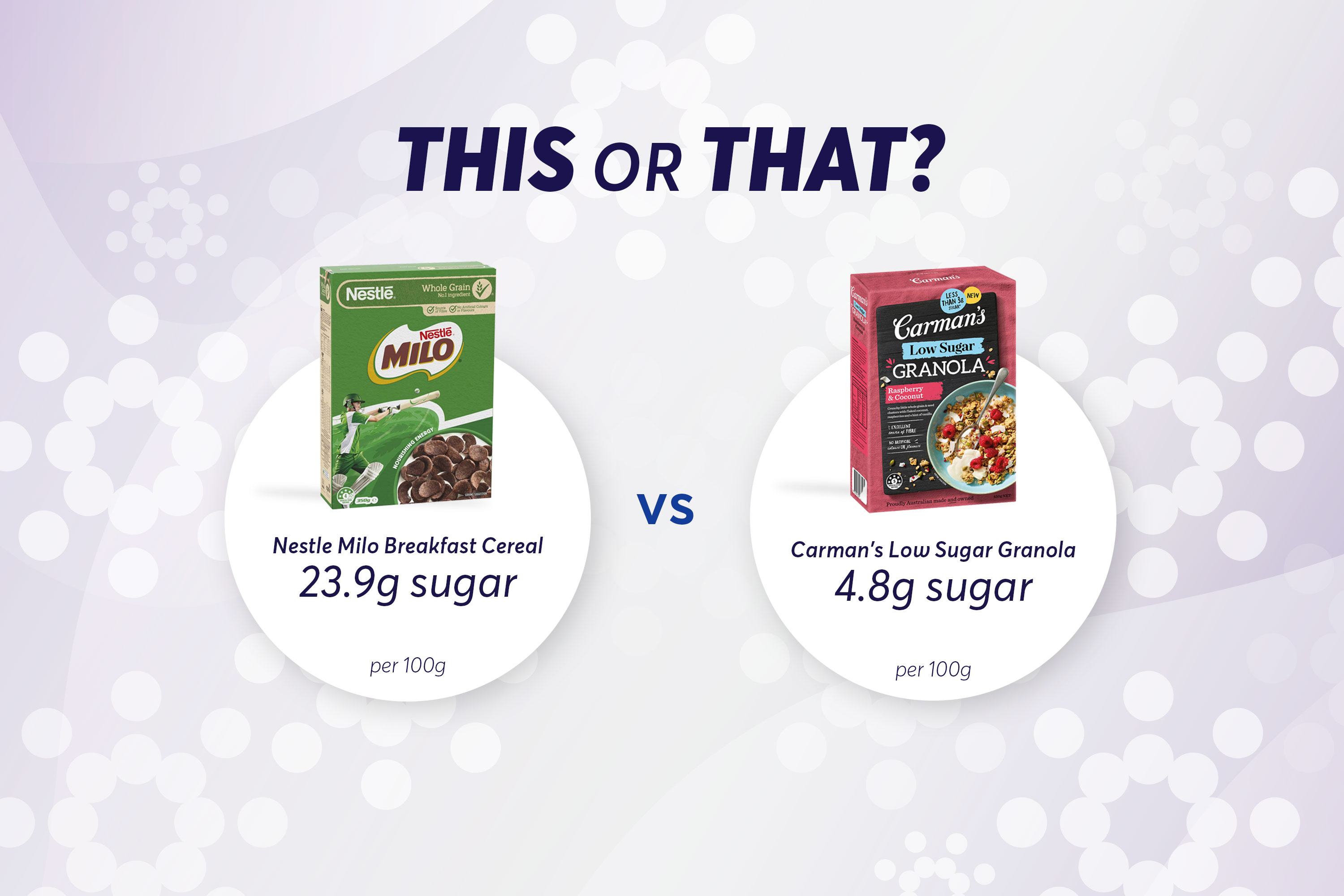
Condiments
While condiments like tomato sauce, BBQ sauce, salad dressing, and pizza sauce may be considered savoury food, they’re often loaded with sugar and have little to no nutritional value. Cutting those out your diet is no doubt the best option, but if you can’t resist, make sure to check the labels and choose sugar-free or lower sugar options whenever possible.
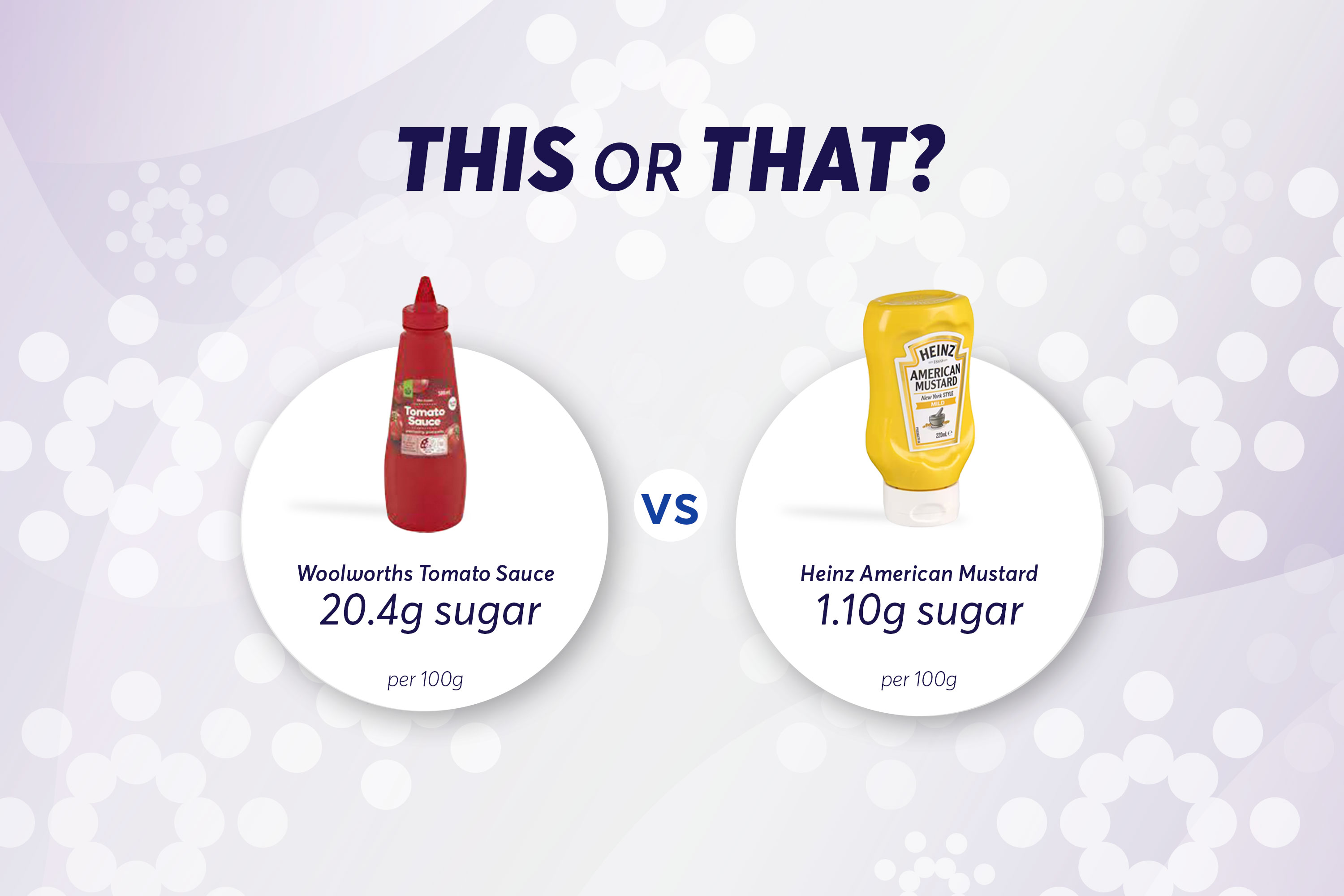
Muesli bars
We know muesli bars can be a convenient snack for you and the kids, but many of them contain high amounts of added sugars. Following our label reading tips to help find lower sugar options is a good start. Or you could have a fun Sunday family baking session! Muesli bars are easy to make, and you can be creative with your toppings.
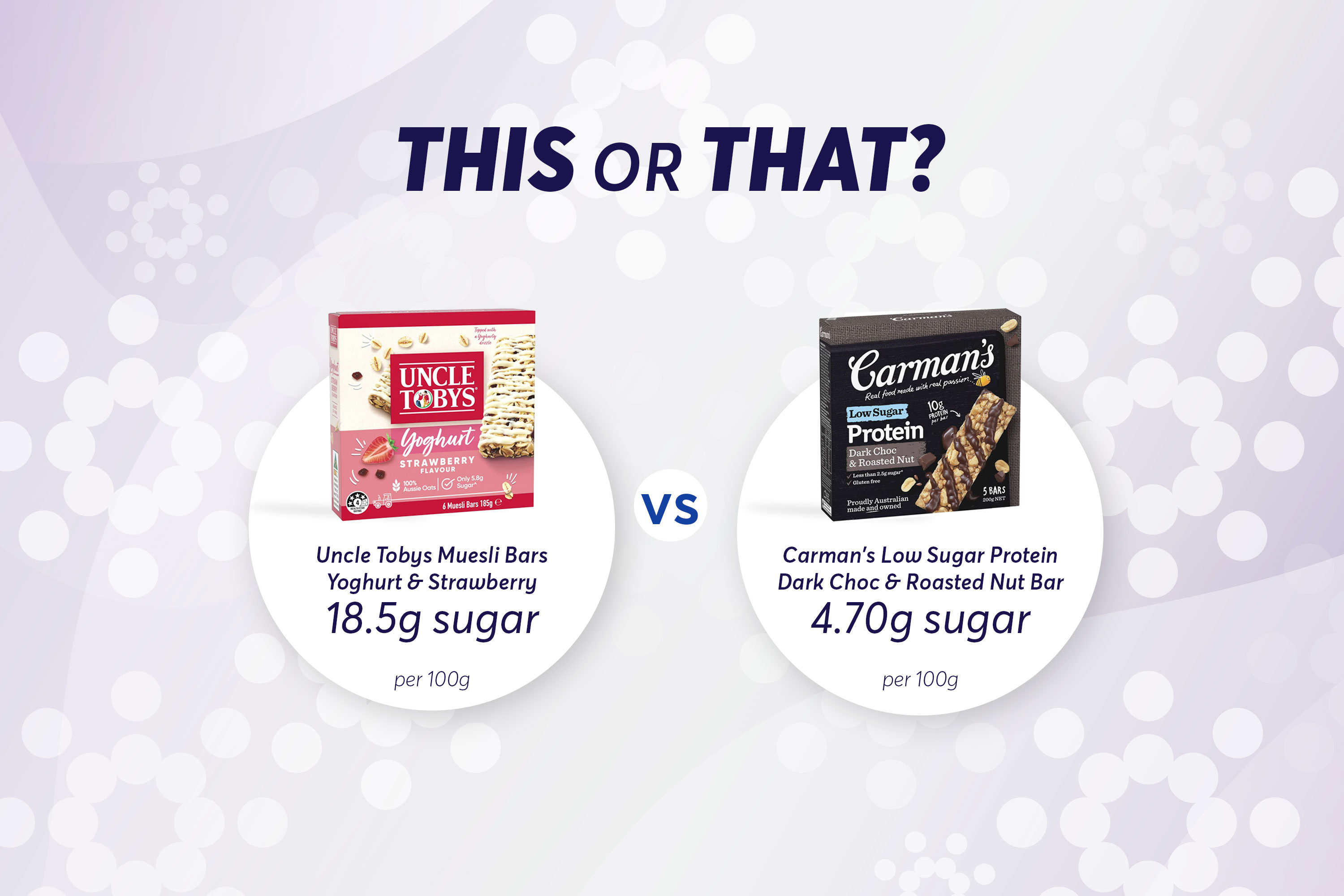
Juices
Fruit juices are often mistaken for a healthy drink option, but most have high amounts of sugar. Pay attention to added sugars in your juice. You could dilute your juice with water, opt for flavoured water instead, or stick with the whole fruit. This way your body will get more nutrients and fibre, which gets lost when the fruit is juiced.
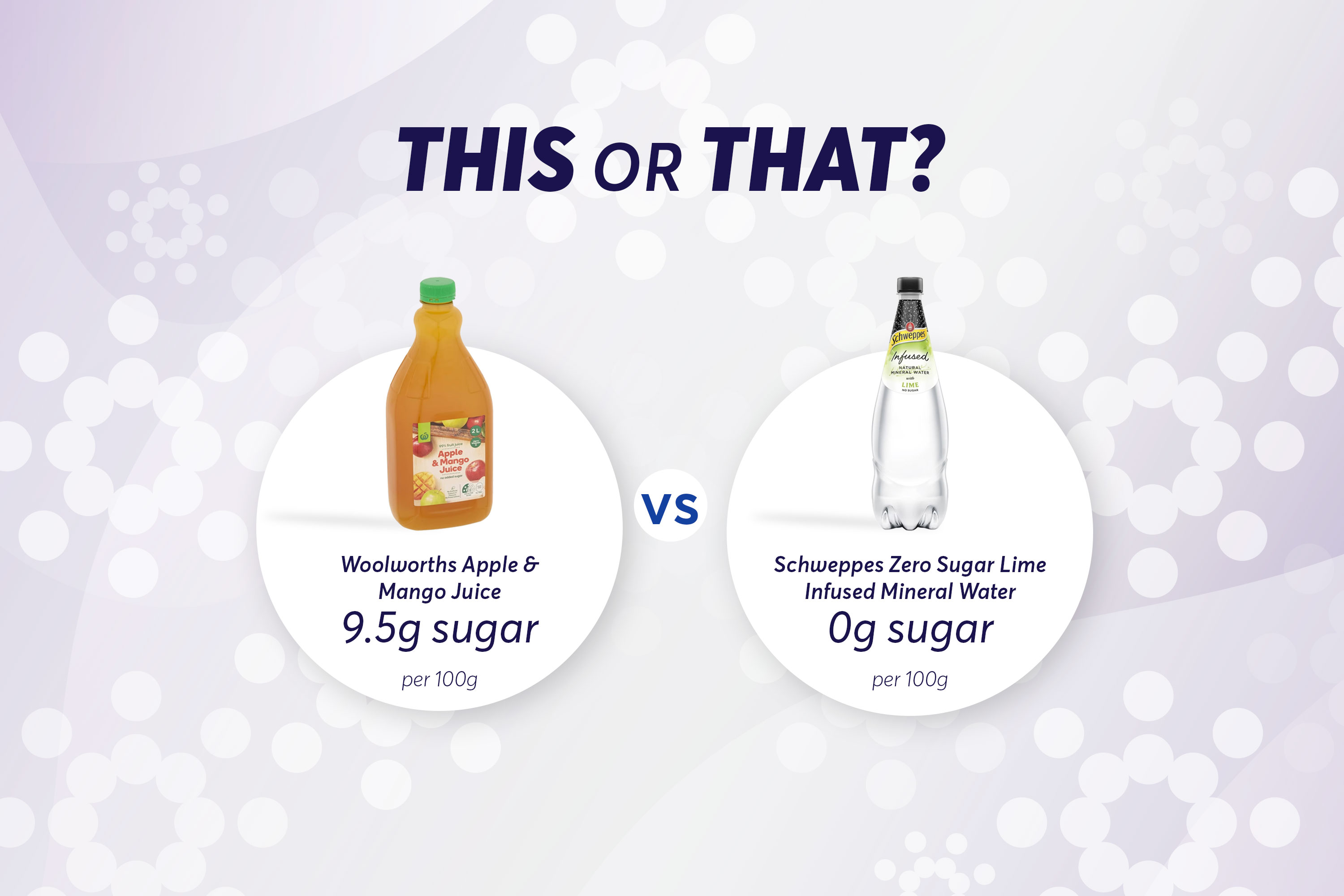
Energy drinks
Most energy drinks are loaded with sugar and caffeine. Do you really need that can of V? Choose sugarless coffee or tea instead, and if you really miss your energy drink, go for the sugar-free options.
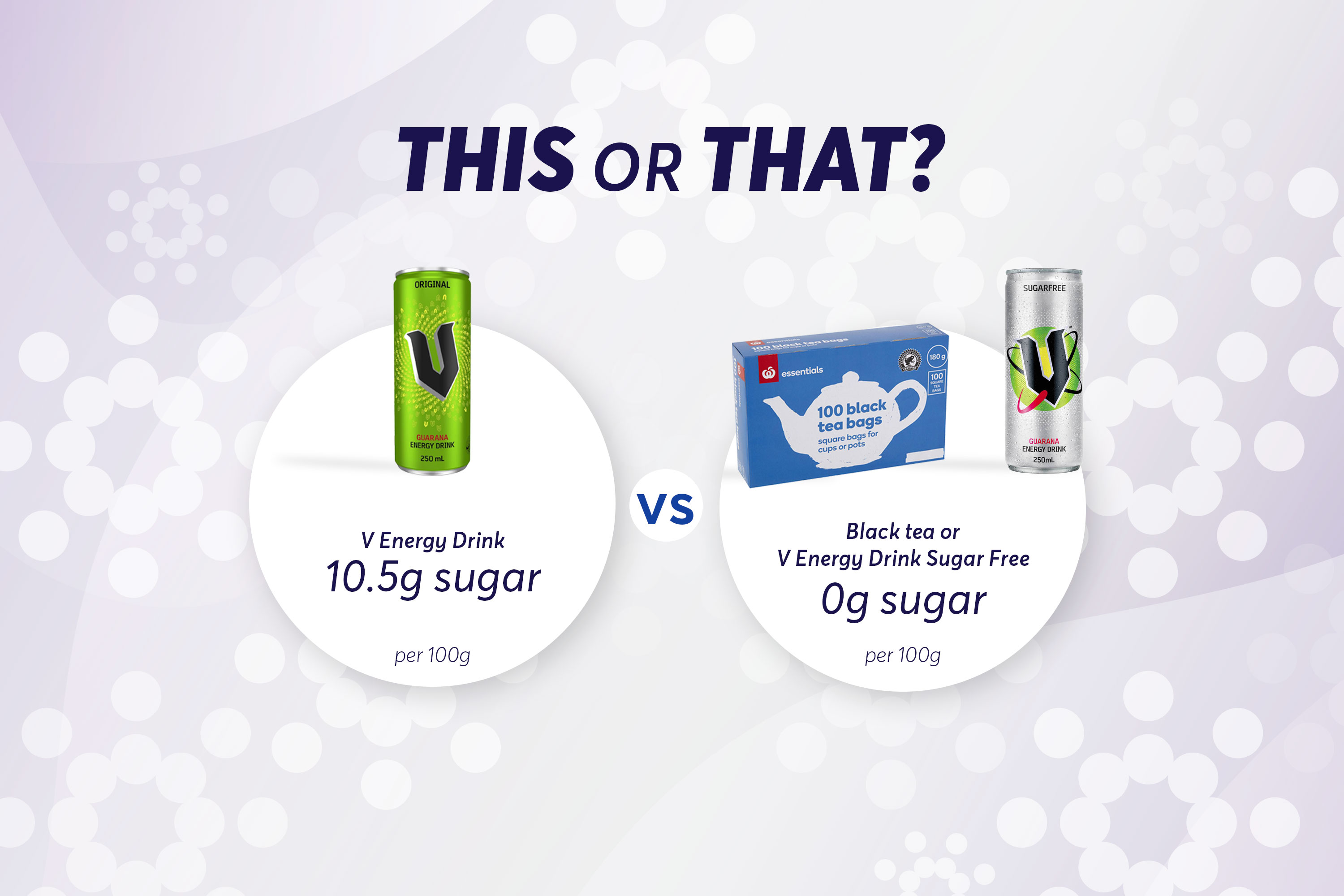
Flavoured coffee drinks
Most flavoured coffee drinks have sugar as one of their main ingredients. Coffee syrups, flavours, chocolates and so on are a major source of added sugar. Try to stick to black coffee, lattes, flat whites, or other sugar-free varieties.
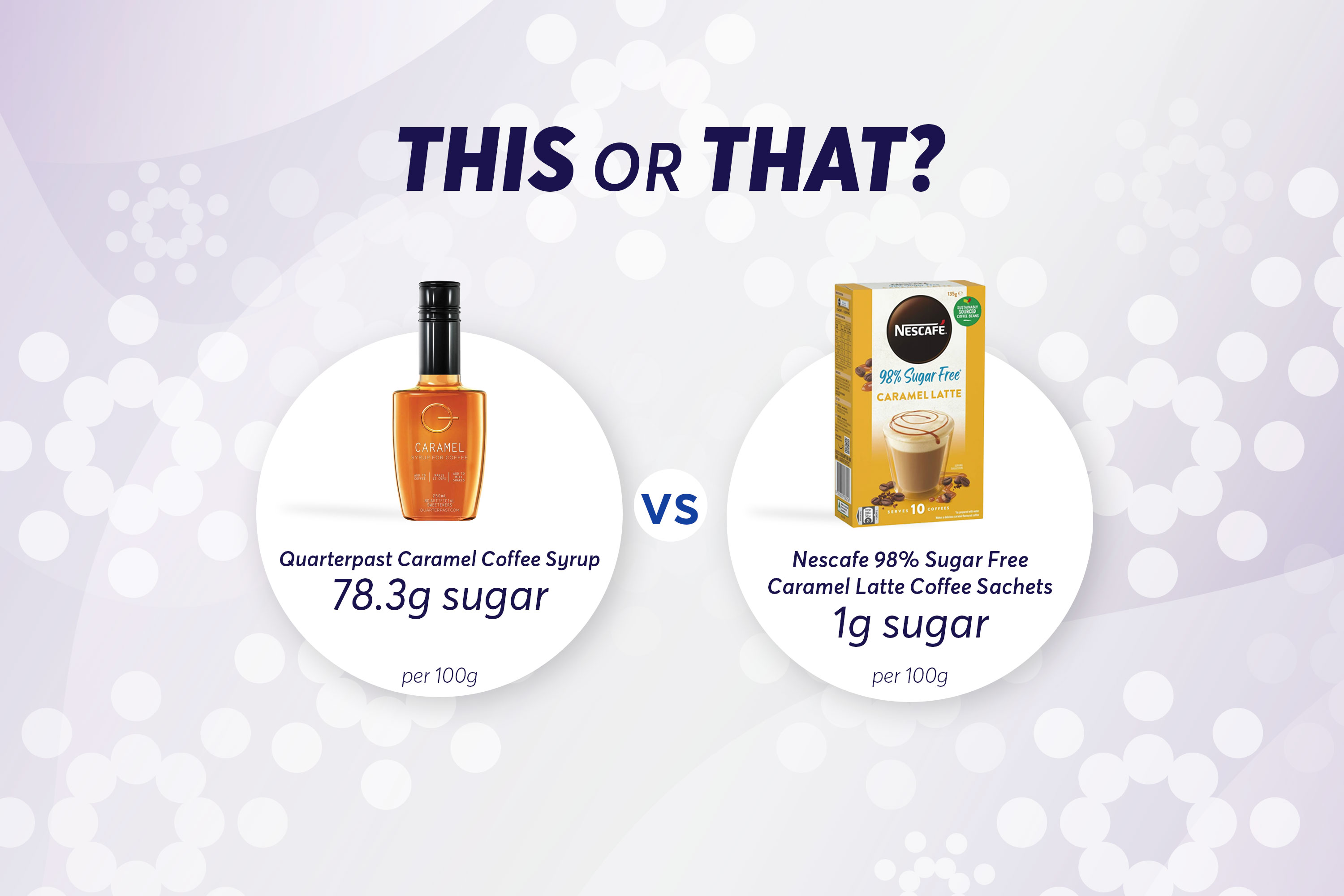
Yoghurt
Yoghurt by itself is not the issue, it’s often when they’re flavoured that they’re full of sugar. Try eating plain natural yoghurt and adding your own fruits for sweetness and flavour.
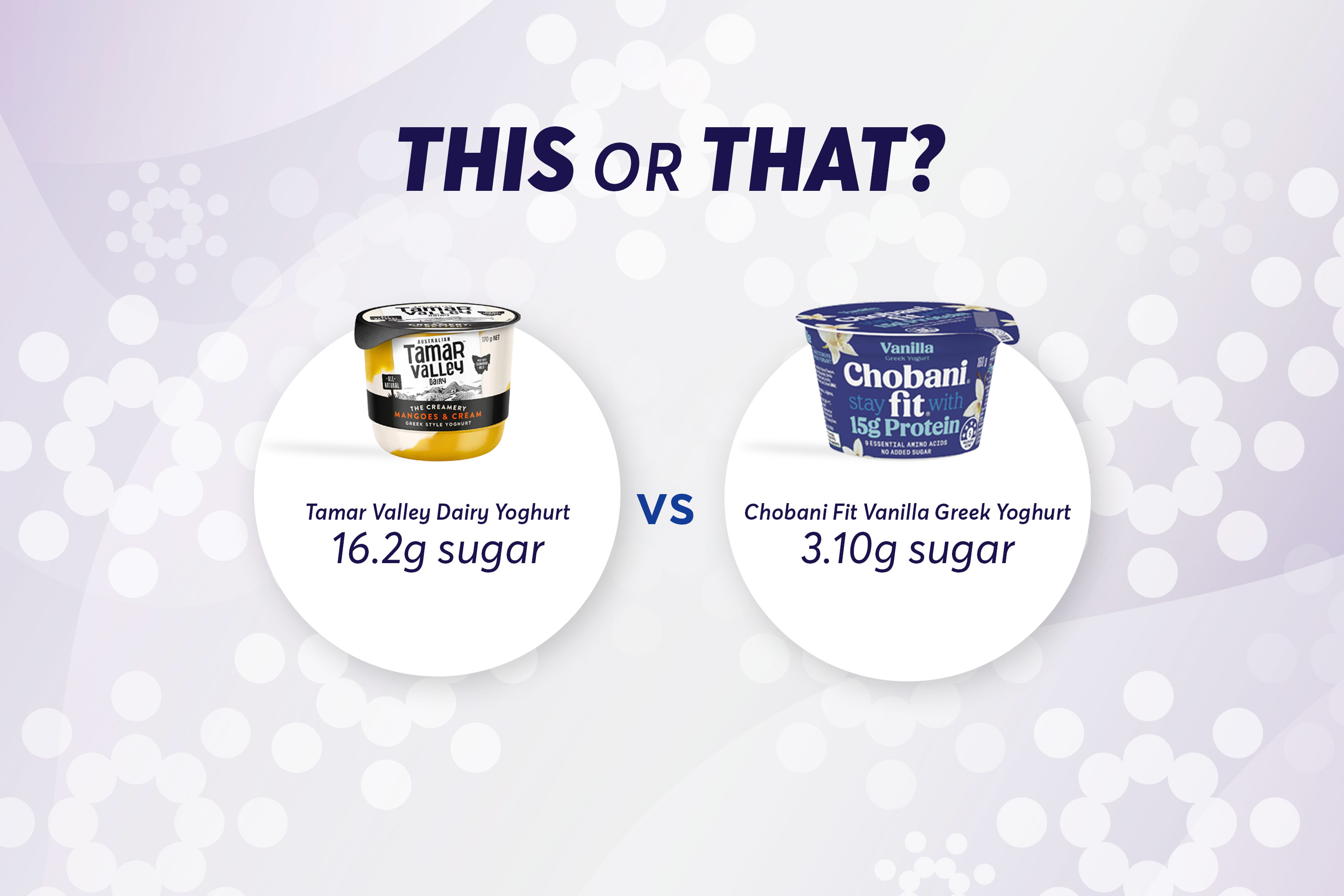
We know it’s not easy to change habits, but being aware of hidden sugars can help you make more conscious choices while shopping. Here are some other tips to take to the supermarket.
Hot tips for low-sugar shopping:
1. Shop the perimeter of the supermarket first. You’ll find that the wholefoods and fresh foods are located around the outside of the store. Fill up your trolley with fruits, vegetables, salads, nuts, seeds, meats, and dairy. Once you’ve shopped all of those, you may find there's little need for the middle aisles, where all the sugar hides!
2. Check the ingredients. I know you think we’re repeating ourselves here, but really, there’s no better way to ensure that the food you’re buying isn’t loaded with sugar. Remember, ingredients are listed by weight. The higher the sugar is on the list, the more there is in your food.
3. Compare products. Look for similar products and compare them using the ‘per 100g’ column in the nutritional panel. This will help you choose the best option with the lowest amount of sugar.
4. Be mindful of marketing jargon. Some products that promise to be ‘good for you’ are covered in symbols, buzzwords, and too-good-to-be-true health claims. Sometimes they’re valid and helpful, and sometimes they’re not. Use the tips we’ve given you to read the ingredients list and nutritional panel to help you make the right choices.
Be creative
The key to a low-sugar diet is to make creative swaps that work for you, so you can stick to a healthier lifestyle and still enjoy your food. You can make plain products such as cereals, yoghurt, and even water more interesting by adding your own frozen or fresh fruits.
To make salads and vegetables more interesting, you can up your homemade sauces game! There are endless recipes out there.
For more info on how to get the right balance of foods each day, check out the Australian Guide to Healthy Eating so you can understand what your plate should be looking like.
Keep in mind…
Any natural sugars found in whole foods are always better for you than table sugar. An apple, for example, can have around 20g of sugar, but it’s also packed with nutrients, vitamins, and fibre. Added or table sugars are ‘empty calories’, 20g of added sugar will give you next to zero nutrition but the same number of calories. So, make those calories count!
Clear your cupboards of anything that might be too tempting, no more telling yourself that "it's for the kids" – they don't need them, and neither do you! Start experimenting with your recipes and involve the whole family, the kids will love it. If they’re involved in the decision-making and changes, there’s a better chance they’ll accept them and look at things as new, exciting food discoveries.
With time, you’ll know which low sugar foods you and your family enjoy most. It’s normal to take a while for your taste buds to adapt, so be patient and have fun in the process.
All information contained in this article is intended for general information purposes only. The information provided should not be relied upon as medical advice and does not supersede or replace a consultation with a suitably qualified healthcare professional.
Sources:
https://www.ncbi.nlm.nih.gov/pmc/articles/PMC5775006/
https://www.health.gov.au/topics/food-and-nutrition/about/eating-well
https://www.cbhs.com.au/mind-and-body/blog/eat-healthy-save-money
https://www.eatforhealth.gov.au/guidelines/australian-guide-healthy-eating
https://www.cancervic.org.au/healthyweight/exposing-the-hidden-sugar-in-your-diet.html
https://www.webmd.com/diet/ss/slideshow-how-cut-back-sugar
Health and wellbeing
programs & support
You Belong to More with CBHS Hospital cover:
- Greater choice over your health options including who treats you
- Get care at home with Hospital Substitute Treatment program
- Free health and wellbeing programs to support your health challenges
Live your healthiest, happiest life with CBHS Extras cover:
- Benefits for proactive health checks e.g. bone density tests, eye screenings
- Keep up your care with telehealth and digital options
- Save on dental and optical with CBHS Choice Network providers
